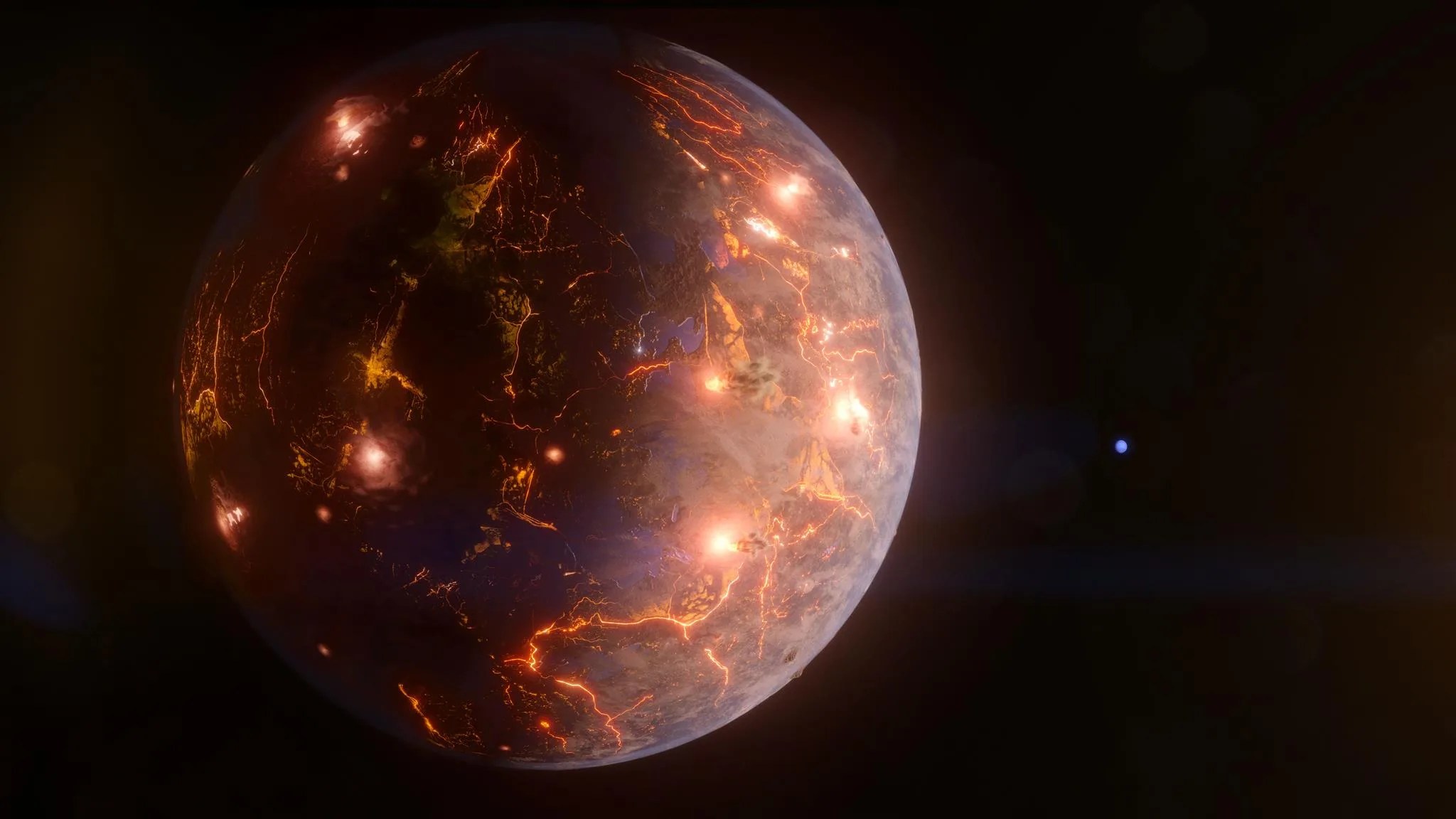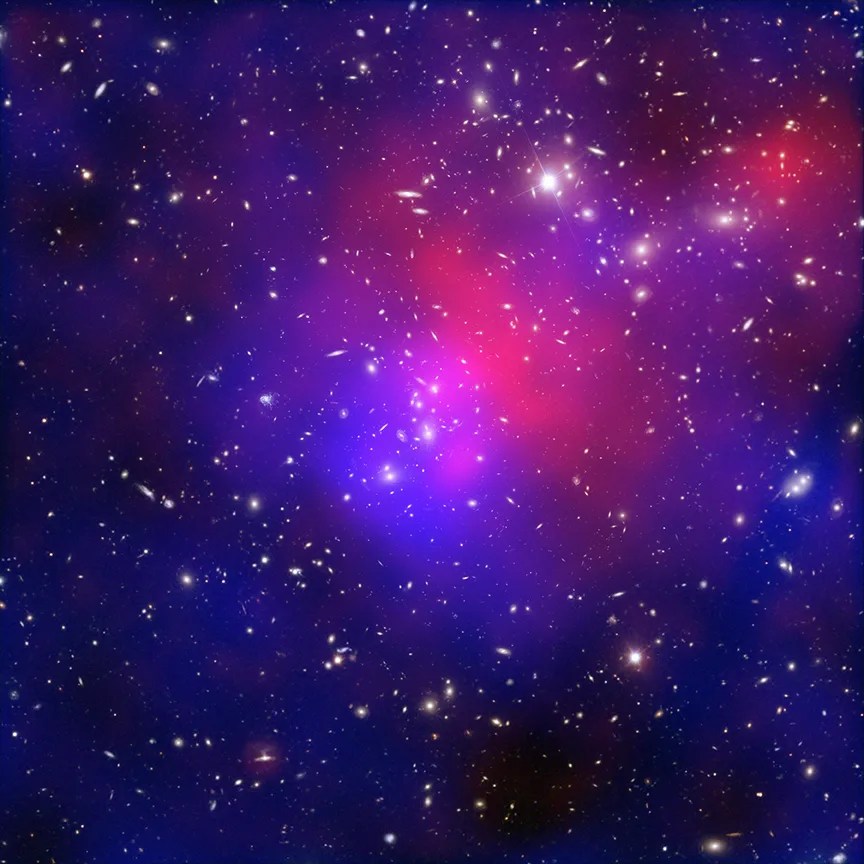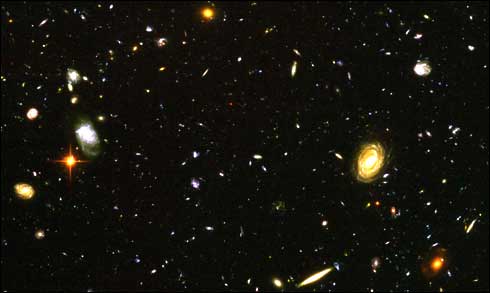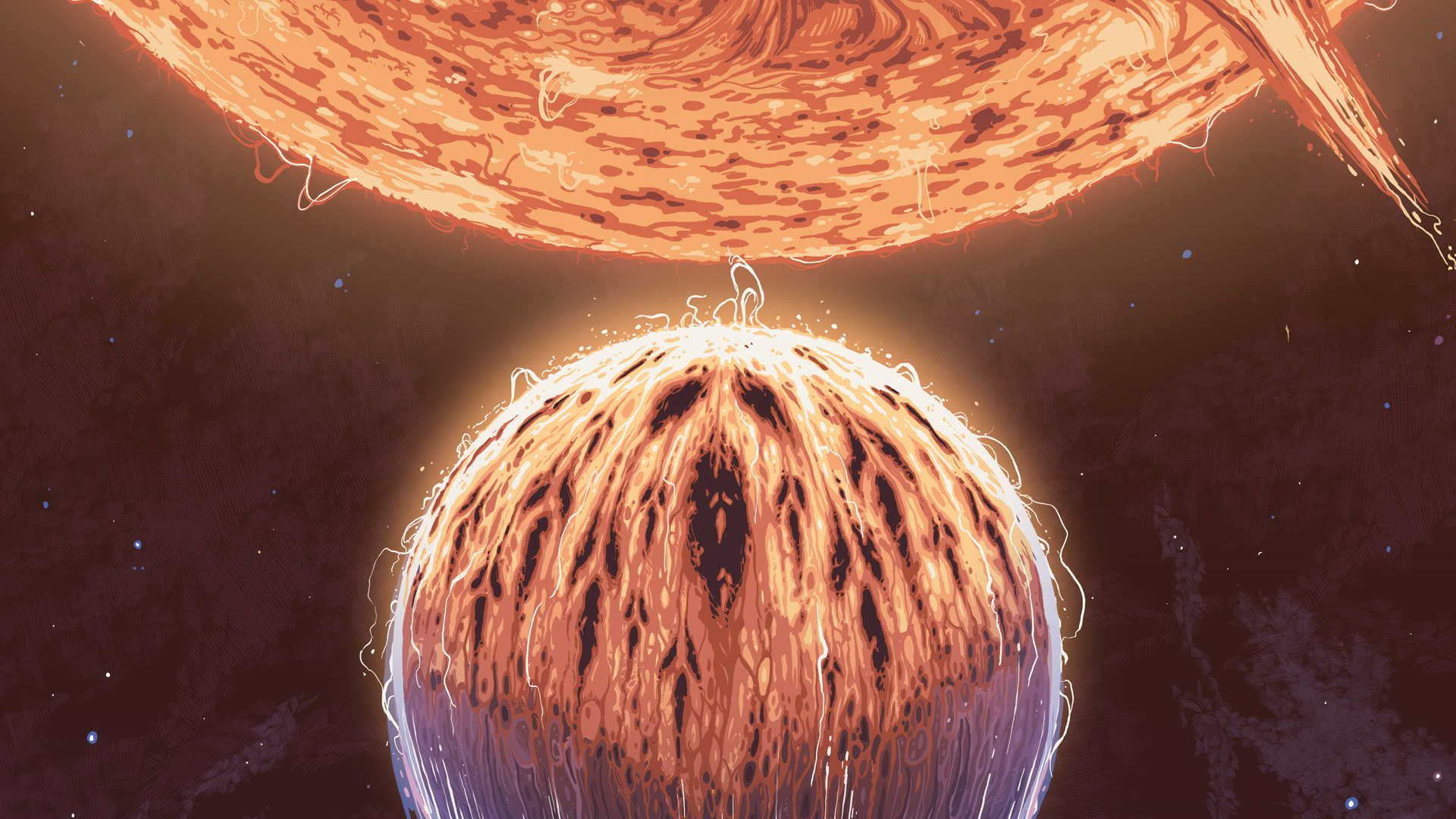
Roasted Planet - New Poster
As HD 80606 b approaches its star from an extreme, elliptical orbit, it suffers star-grazing torture that causes howling, supersonic winds and shockwave storms across the planet.
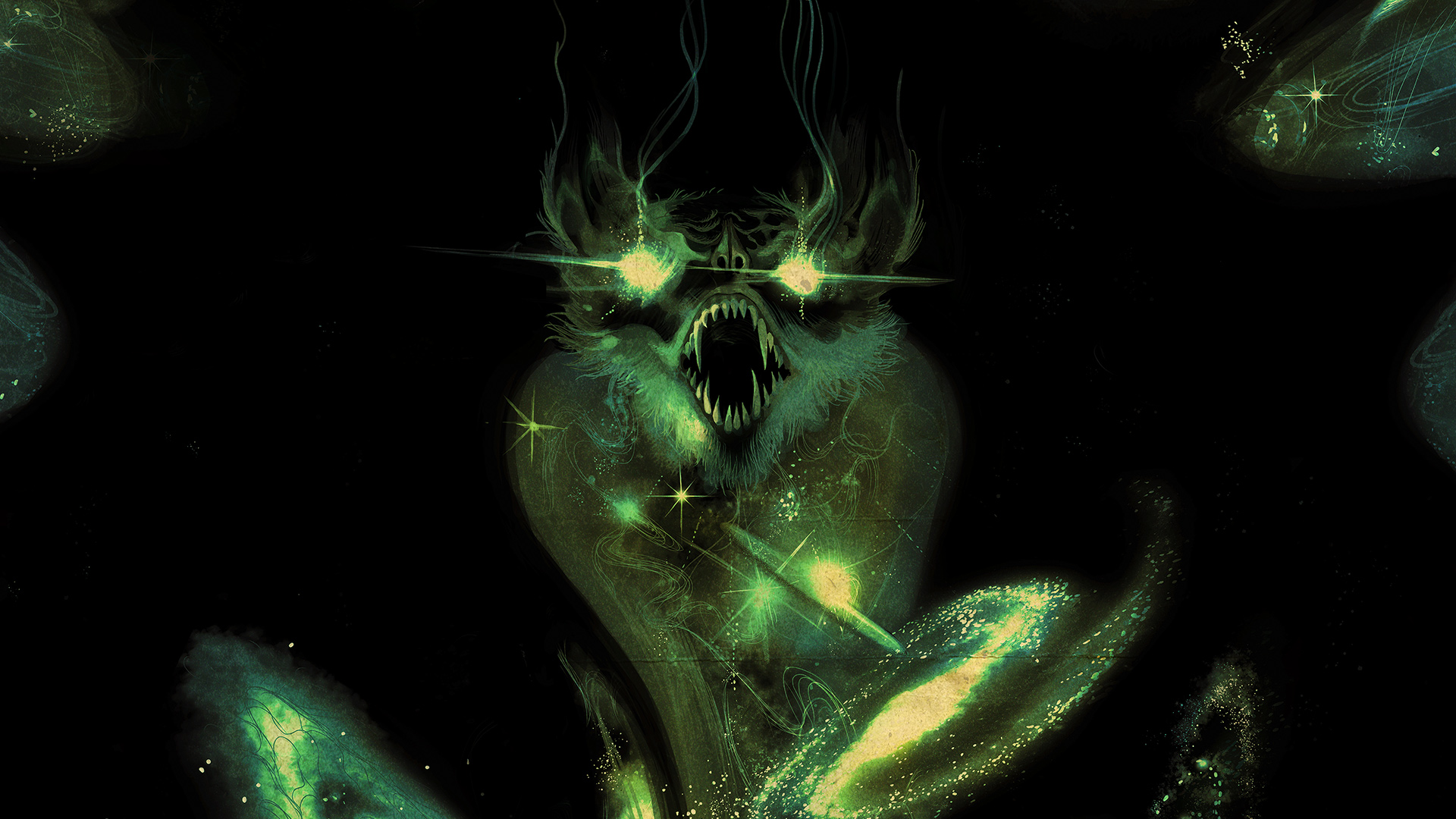
Dark Energy - New Poster
An unseen power is prowling throughout the cosmos, driving the universe to expand at a quickening rate. This relentless pressure, called dark energy, is nothing like dark matter, that mysterious material only revealed by its gravitational pull.
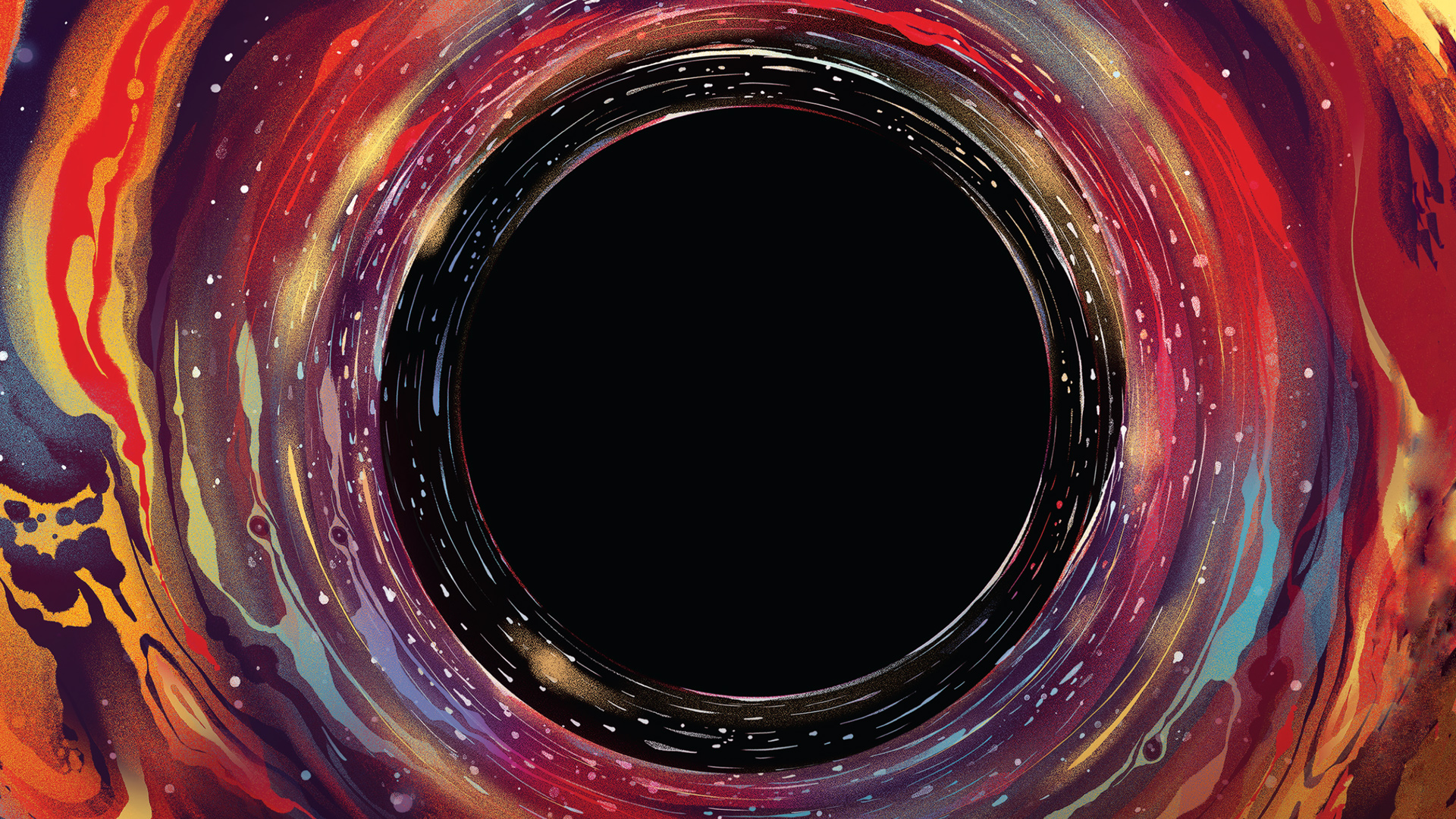
Devoured by Gravity - Poster
Lurking in our galaxy, approximately 6,000 light-years from Earth, is a monster black hole named CygnusX-1. Don’t get too close, or you’ll become its next meal!
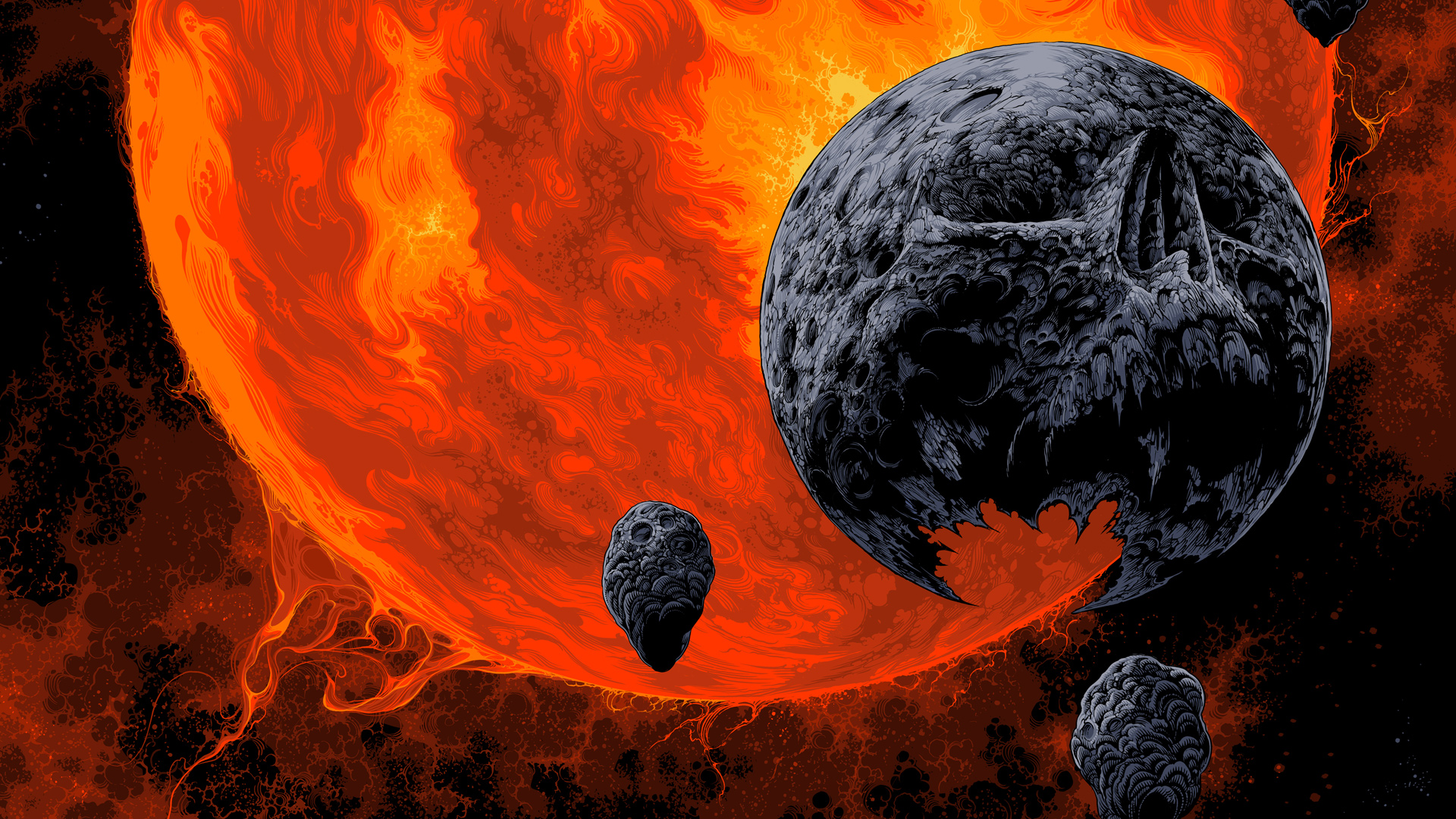
Galactic Graveyard - Poster
This chillingly haunted galaxy mysteriously stopped making stars only a few billion years after the Big Bang! It became a cosmic cemetery, illuminated by the red glow of decaying stars.
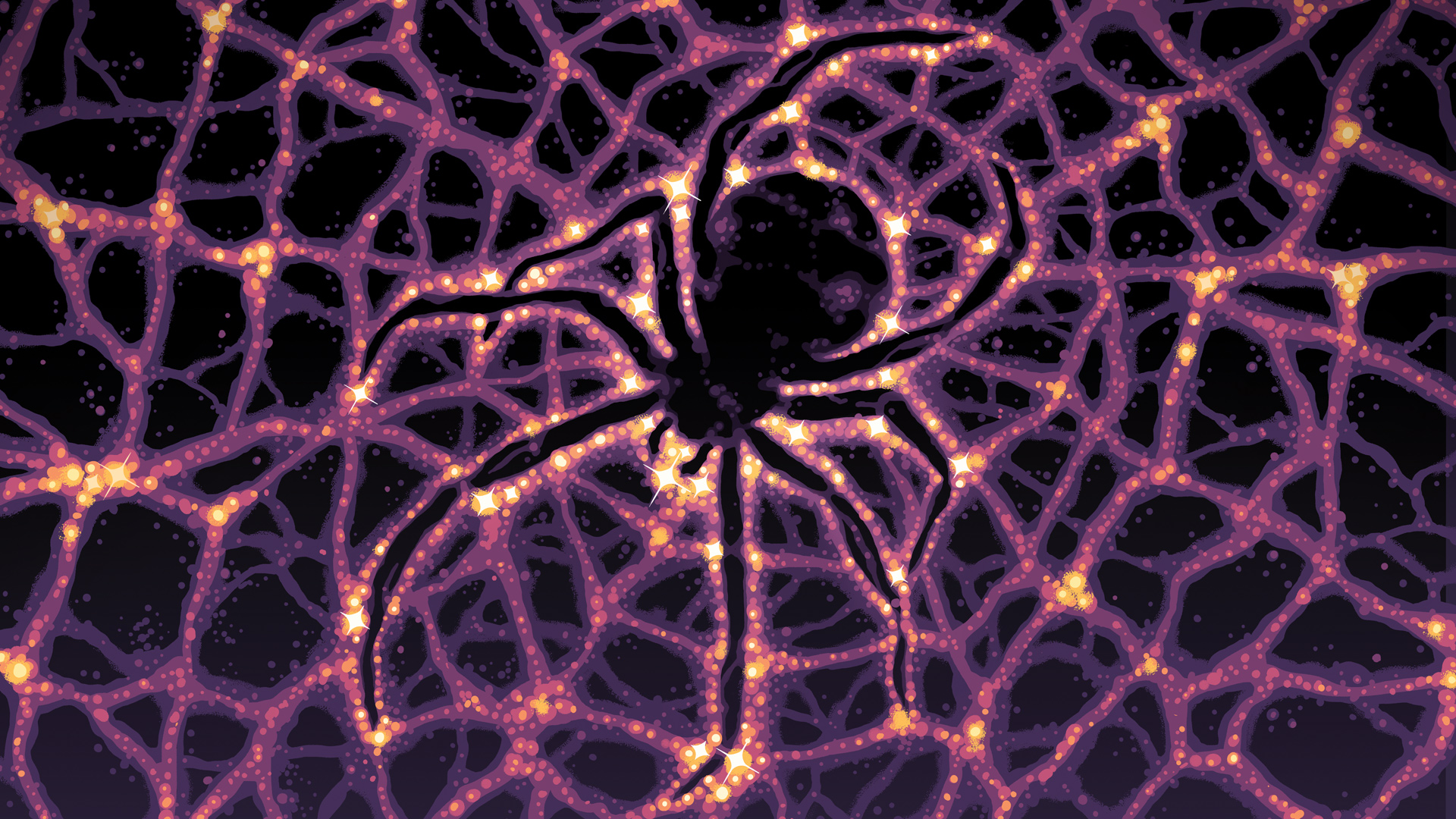
Dark Matter - Poster
Something strange and mysterious creeps throughout the cosmos. Scientists call it dark matter. It is scattered in an intricate web that forms the skeleton of our universe.

Gamma Ray Ghouls - Poster
In the depths of the universe, the cores of two collapsed stars violently merge to release a burst of the deadliest and most powerful form of light — gamma rays. These beams are unleashed and shine a million trillion times brighter than the Sun.
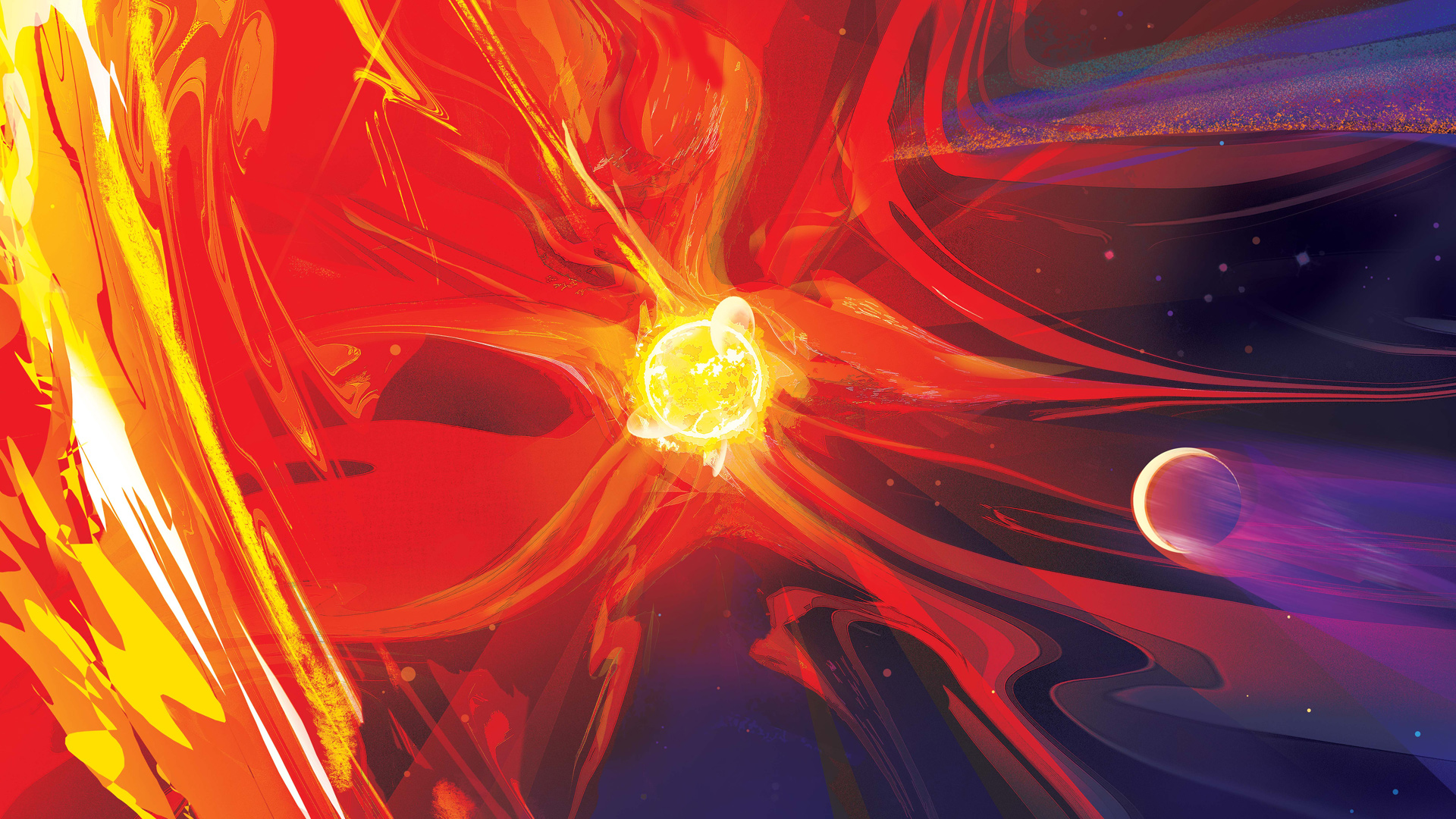
Flares of Fury - Poster and Interactive
AU Microscopii is among the youngest planetary systems ever observed! This devilish young star holds planet AU Mic b captive inside a looming disk of ghostly dust and torments it with deadly blasts of X-rays and other radiation.
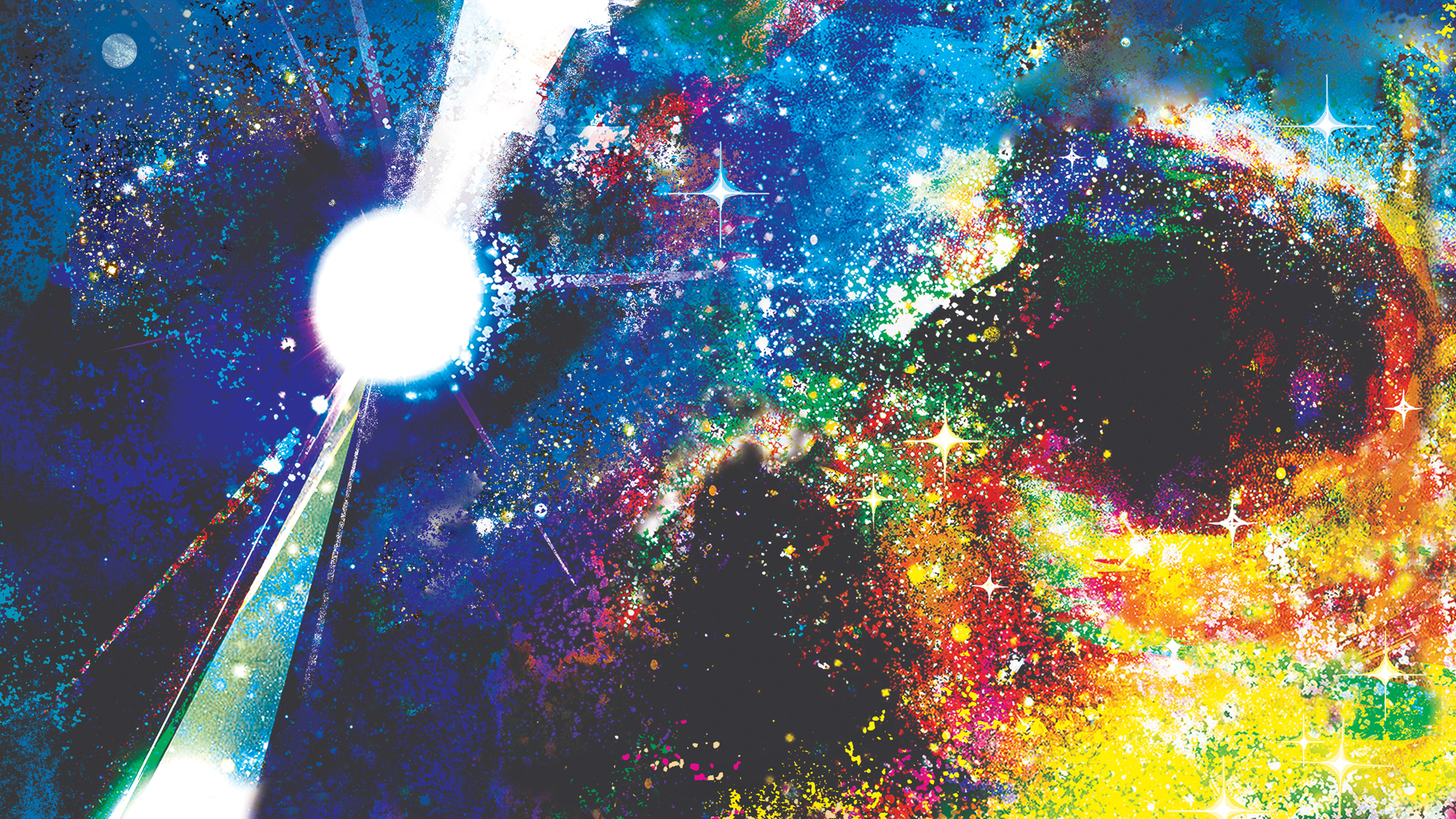
Zombie Worlds - Poster and Interactive
These doomed worlds were among the first to be discovered as they orbit an undead star known as a pulsar. Pulsar planets like Poltergeist and neighbors Phobetor and Draugr are consumed with constant radiation.

Rains of Terror - Poster and Interactive
Weather on HD 189733 b is deadly. Howling winds send storming glass sideways at 5,400 mph (2km/s), whipping all in a sickening spiral. It’s death by a million cuts on this slasher exoplanet!
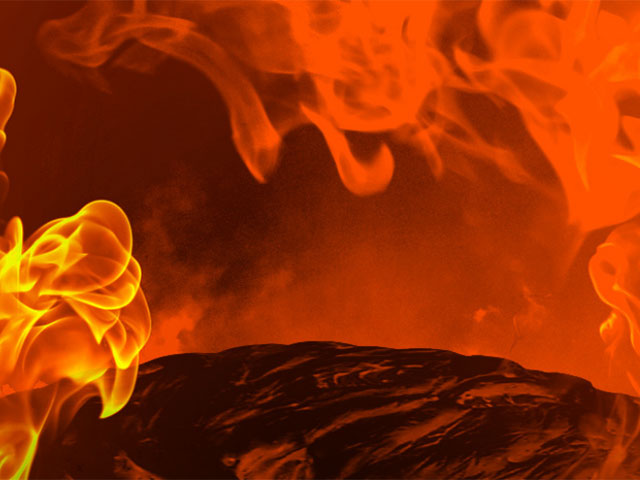
Kepler's Inferno - Interactive
Kepler-70b (a.k.a. KOI-55 b) could well be another circle of hell with an average temperature of about 12,000 degrees F (6,800 C). It used to be Jupiter-sized until it spent time inside its now-dead star…a trip that destroys most planets!
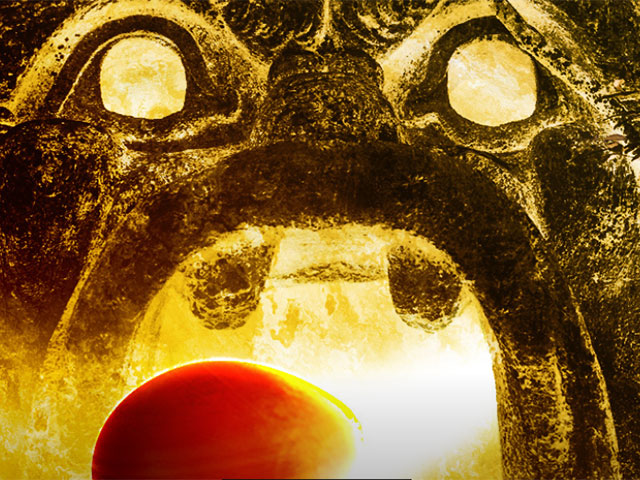
Monster Mash - Interactive
A hulking monster of a star is stealing pieces of its nearby planet, WASP-12 b, and extreme gravity is stretching the hot gas giant into the shape of an egg. If you enjoy watching the world fall to pieces, this planet is for you.
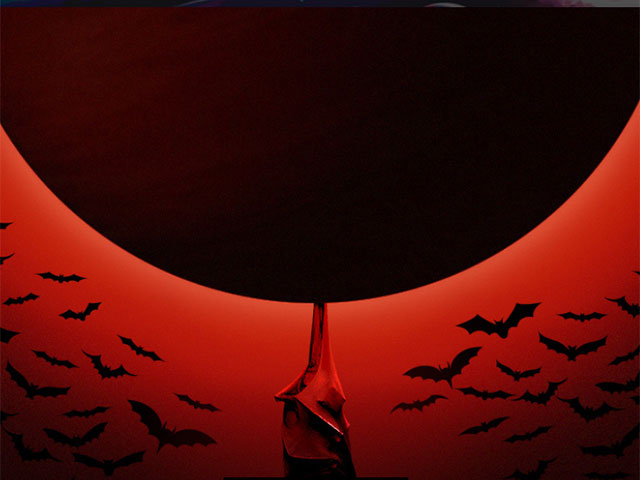
Eternal Darkness - Interactive
Are you afraid of the dark? Welcome to TrEs-2 b, the planet of eternal night. The darkest planet ever discovered orbiting a star, this alien world is less reflective than coal, with a burning atmosphere — the air is as hot as lava.


